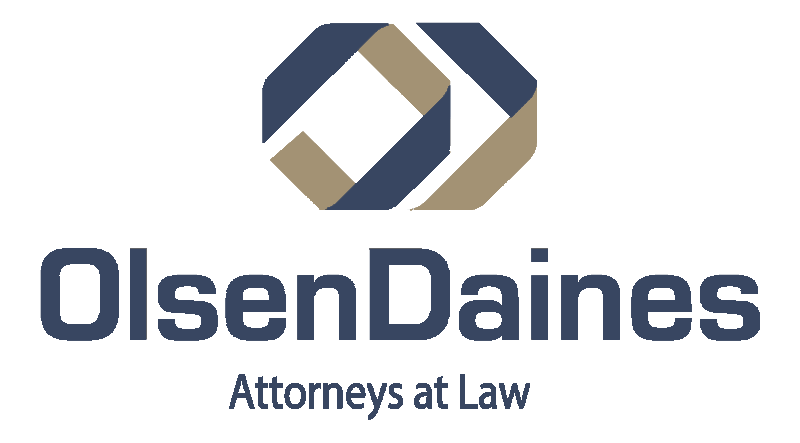There are certain requirements that must be met before you can file for bankruptcy. The government wants to make sure that you know exactly what you are getting into, so you have to complete a credit counseling course before you can go through with a bankruptcy filing. There are certain organizations that offer this course that are approved by the federal government. We have offices in Vancouver and Kennewick in the state of Washington, and we also have locations spread throughout the state of Oregon. There is a list of approved credit counseling course providers on the website of the United States Department of Justice, and you can click one of the following links if you would like to identify a credit counseling course provider: Washington credit counseling and Oregon credit counseling. Under federal guidelines, the course must be successfully completed less than 180 days before the bankruptcy filing.
Finishing the credit counseling course is just one of the requirements that must be met if you want to file for a Chapter 7 bankruptcy. This is a liquidation bankruptcy, and it allows for the discharge of your unsecured debts. If you can rid yourself of debts like credit card balances and unpaid medical bills, you may be able to keep up with your other responsibilities more comfortably. To qualify for this type of bankruptcy, you must have limited disposable income. A means test is applied to determine whether or not you qualify for Chapter 7. If your income is less than the median income in your state, you qualify automatically. However, it may still be possible to qualify for Chapter 7 if the state determines that your disposable income is very limited.
In addition to the credit counseling course, there is another educational hurdle that you must cross when you file for bankruptcy. Debts cannot be discharged until you complete a debtor education program, and once again, you can obtain a list of approved course providers if you visit the U.S. Department of Justice website.
Act Now to Regain Control of Your Finances!
Our firm can help if you are struggling under a mountain of debt that you simply cannot manage. We offer free, no obligation case evaluations, and you can set up an appointment that conveniently fits into your schedule if you call us right now at 800-682-9568.
